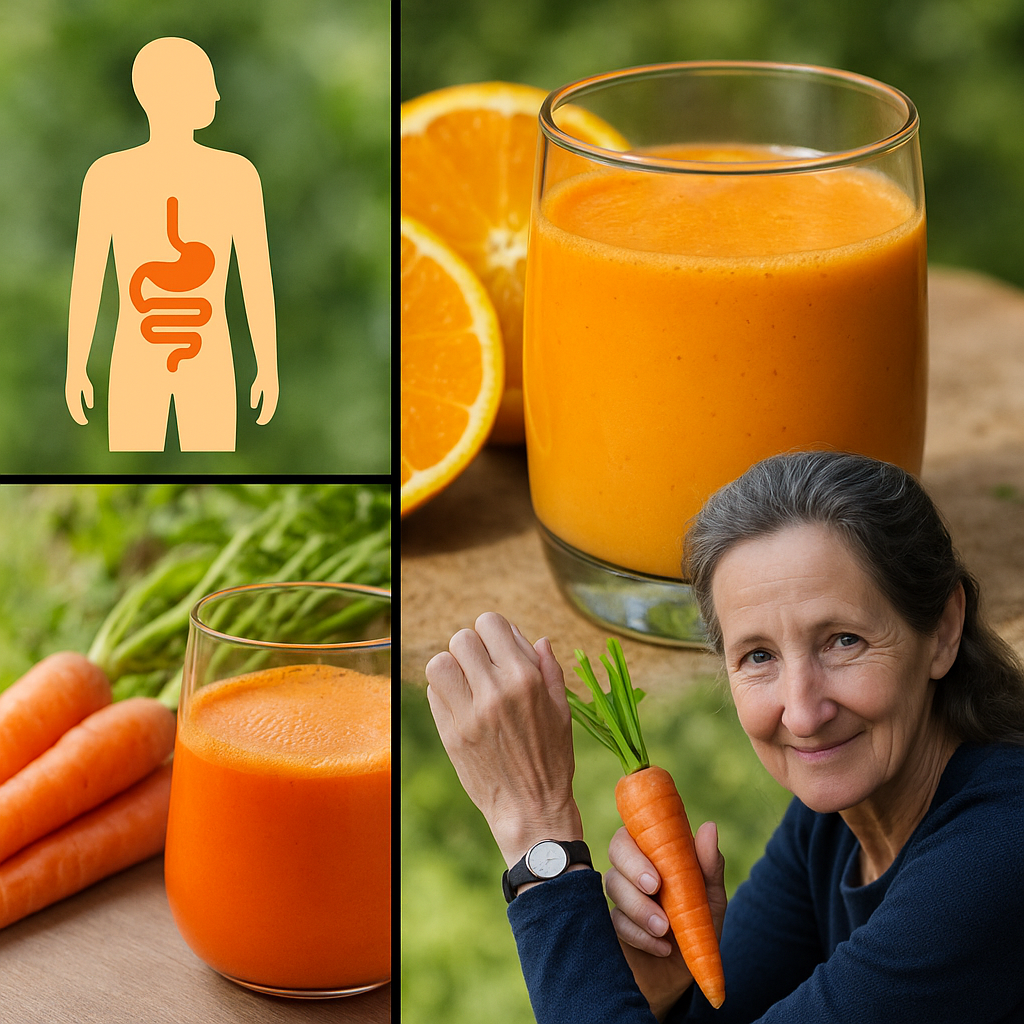It’s not just another pretty flower. Behind its radiant orange petals and cheerful presence, Calendula officinalis—also known as pot marigold—holds a centuries-old reputation for healing, soothing, and protecting the body in gentle, natural ways.
Whether you grow it for its garden charm or turn it into a soothing tea, this powerful herb deserves a front-row seat in your wellness routine. Let’s explore the top 12 health benefits of calendula and how you can easily use it at home.

🌿 Which Part of Calendula Is Used for Healing?
– Petals: The most commonly used part, fresh or dried
– Whole flower heads: Used in infused oils and salves
– Leaves: Occasionally used in poultices (though bitter and rarely consumed)
Now, let’s dive into its powerful healing properties.
🩹 1. Accelerates Wound Healing
Calendula is known for its antimicrobial and anti-inflammatory properties. It supports faster recovery from:
– Minor cuts and scrapes
– Burns
– Insect bites
💡 Use: Apply calendula salve, cream, or infused oil to clean skin.
🌺 2. Soothes Common Skin Conditions
This flower is a gentle yet effective remedy for:
– Eczema
– Psoriasis
– Diaper rash
– Rashes and skin irritation
💡 Use: Calendula cream or balm applied to affected areas twice daily.
🦶 3. Fights Fungal Infections
Calendula helps eliminate fungus like:
– Athlete’s foot
– Yeast infections
– Ringworm
💡 Use: Add calendula tea or oil to foot soaks or topical applications.
☕ 4. Calms Inflammation Internally
Drinking calendula tea may ease:
– Sore throat
– Mouth ulcers
– Gastritis and digestive inflammation
💡 Use: Steep petals in hot water and sip 1–2 cups daily.
🌙 5. Supports Menstrual Health
Calendula is a traditional ally for women’s health, used to:
– Regulate irregular cycles
– Ease menstrual cramping
💡 Use: Drink calendula tea during the days leading up to your period.
💧 6. Boosts Lymphatic Drainage
Calendula supports your body’s detox pathways by:
– Stimulating lymph flow
– Reducing tissue swelling
💡 Use: Drink as a tea or apply compresses to swollen areas.
🦷 7. Enhances Oral Health
Its antimicrobial action helps with:
– Gingivitis
– Canker sores
– Sore or swollen gums
💡 Use: Gargle with cooled calendula tea, 2–3 times a day.
🍊 8. Protects Cells With Antioxidants
Calendula’s bright petals are rich in:
– Flavonoids
– Carotenoids
These antioxidants shield your body from oxidative stress, which contributes to aging and disease.
💡 Use: Add fresh petals to salads or brew as tea.
👁️ 9. Soothes Eye Irritation
Traditionally used to relieve:
– Eye strain
– Minor conjunctival irritation
💡 Use: Cool and strain calendula tea. Use as an eyewash with sterile tools and medical guidance.
🛡️ 10. Gently Boosts Immune Function
Calendula can help your body resist infections by:
– Supporting white blood cell production
– Fighting off minor pathogens
💡 Use: Drink calendula tea regularly during cold and flu season.
🍽️ 11. Eases Digestive Discomfort
It helps calm:
– Bloating
– Inflammation
– Ulcer flare-ups
💡 Use: Drink a mild infusion 30 minutes before meals.
🌿 12. Detox Support for Liver and Gallbladder
Calendula is traditionally used to:
– Stimulate bile flow
– Support liver function
– Aid in cleansing and detox regimens
💡 Use: Combine with herbs like dandelion or milk thistle in a detox tea blend.
🛠️ How to Use Calendula at Home
🍵 Calendula Tea
– 1 tsp dried petals (or 1 Tbsp fresh)
– 1 cup hot water
– Steep for 10–15 minutes, strain, and sip
– Up to 2 cups daily
🌸 Calendula Salve or Balm
– Dry petals completely
– Infuse in olive oil for 2–3 weeks
– Strain and mix with beeswax
– Store in jars and use for cuts, rashes, or dry skin
🛁 Soothing Bath Soak
– Add a handful of dried petals into a muslin bag
– Toss into bath water
– Great for irritated or sensitive skin
🥗 Eat the Petals
– Fresh petals brighten salads, eggs, rice, or soup
– Add dried petals as a garnish for color and antioxidant boost
⚠️ Precautions Before Using Calendula
– Safe for most people when used topically or as tea
– May cause allergic reactions in people sensitive to ragweed or daisies
– Avoid high doses during pregnancy or breastfeeding unless advised by a professional
– Always do a patch test before using new salves or balms
🌼 Final Thoughts: A Small Flower With Big Healing Power
Calendula officinalis isn’t just a garden favorite—it’s a medicinal powerhouse. From wound healing to immune support, menstrual ease to digestive relief, this flower quietly delivers comfort, care, and protection.
✨ Grow it. Brew it. Apply it. Let calendula bring you back to balance—naturally.
💛 Have you tried calendula yet? Share your favorite way to use this healing flower with #GoldenPetalPower and help spread nature’s wisdom!


